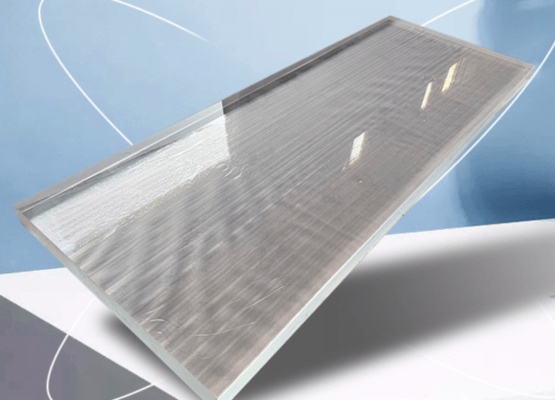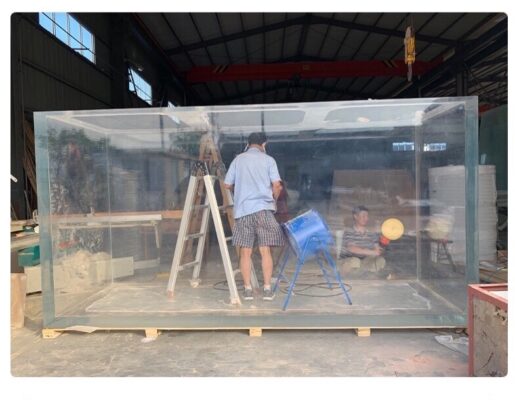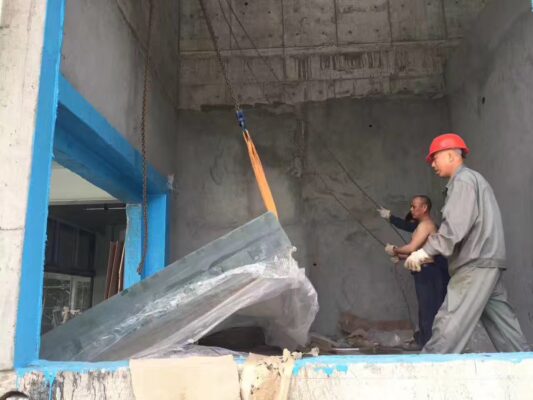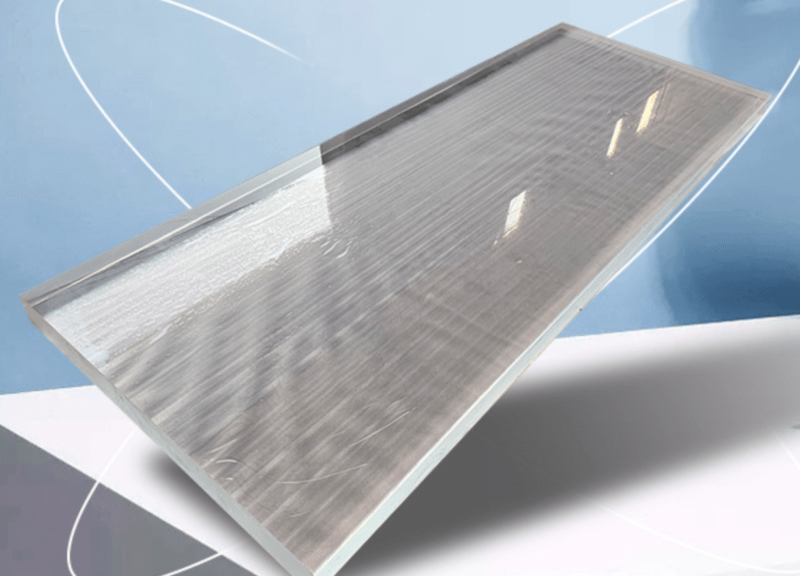Why Can Acrylic Sheets Replace Glass Sheets?
Glass has been a staple material for transparent products for centuries. However, acrylic sheets are increasingly replacing glass due to their superior properties. Let’s explore the main reasons why acrylic sheets are becoming the preferred choice over glass.

Advantages of Acrylic Sheets
- High Light Transmittance: Acrylic sheets offer over 92% light transmittance, compared to 85% for ordinary glass. This makes acrylic ideal for applications requiring clarity and brightness.
- Excellent Insulation: Acrylic is widely used in electronics, such as insulators for tablets, phones, and TVs, due to its superior insulation properties.
- Weather Resistance: Acrylic sheets resist yellowing, cracking, and degradation from sun exposure or freezing temperatures, making them durable and easy to maintain.
- Customizability: Acrylic can be easily shaped and molded into various forms, offering endless design possibilities.
- Corrosion Resistance: Acrylic is highly resistant to chemicals and environmental factors, ensuring long-lasting performance.
For more information on acrylic projects, visit UC Acrylic Projects.
Bonding Methods for Acrylic Products
The bonding process is crucial for creating seamless and durable acrylic products. Here’s an overview of the techniques:
- Docking: Place two acrylic sheets horizontally, leaving a small gap for adhesive application. Use a syringe to inject adhesive evenly.
- Facade Laminating: Clean the surfaces thoroughly and use a die to ensure stability during bonding.
- Bevel Bonding: Use a 90-degree angle to prevent shifting and apply adhesive slowly and evenly.
- Plane Bonding: Pour adhesive onto a clean, flat surface and carefully place the second sheet to avoid air bubbles.
For professional acrylic solutions, visit UC Acrylic.

Tips for Acrylic Sheet Bonding
- Avoid Rapid Evaporation: Blowing on the adhesive can cause whitening at the edges.
- Prevent Yellowing: Avoid prolonged exposure to sunlight before the adhesive cures.
- Use Protective Tape: Cover areas not requiring adhesive to prevent damage.
- Ensure Clean Surfaces: Remove dust, grease, or pores to achieve a smooth bond.
- Apply Adequate Adhesive: Too little adhesive can trap air bubbles during shrinkage.

Conclusion: Why Choose Acrylic Sheets?
Acrylic sheets offer unmatched clarity, durability, and versatility, making them a superior alternative to glass. Whether for industrial, commercial, or artistic applications, acrylic is transforming the way we think about transparent materials.
Explore UC Acrylic’s range of acrylic panels and discover how they can elevate your projects.
additional resources:
- Exercise and Lap Swimming: For fitness purposes, a lap pool with sufficient length (typically at least 60 feet) and depth is ideal.
- Aesthetic Appeal and Relaxation: If the goal is to enhance your backyard’s aesthetics or create a serene retreat, designs like plunge pools or those with integrated water features can be suitable.

